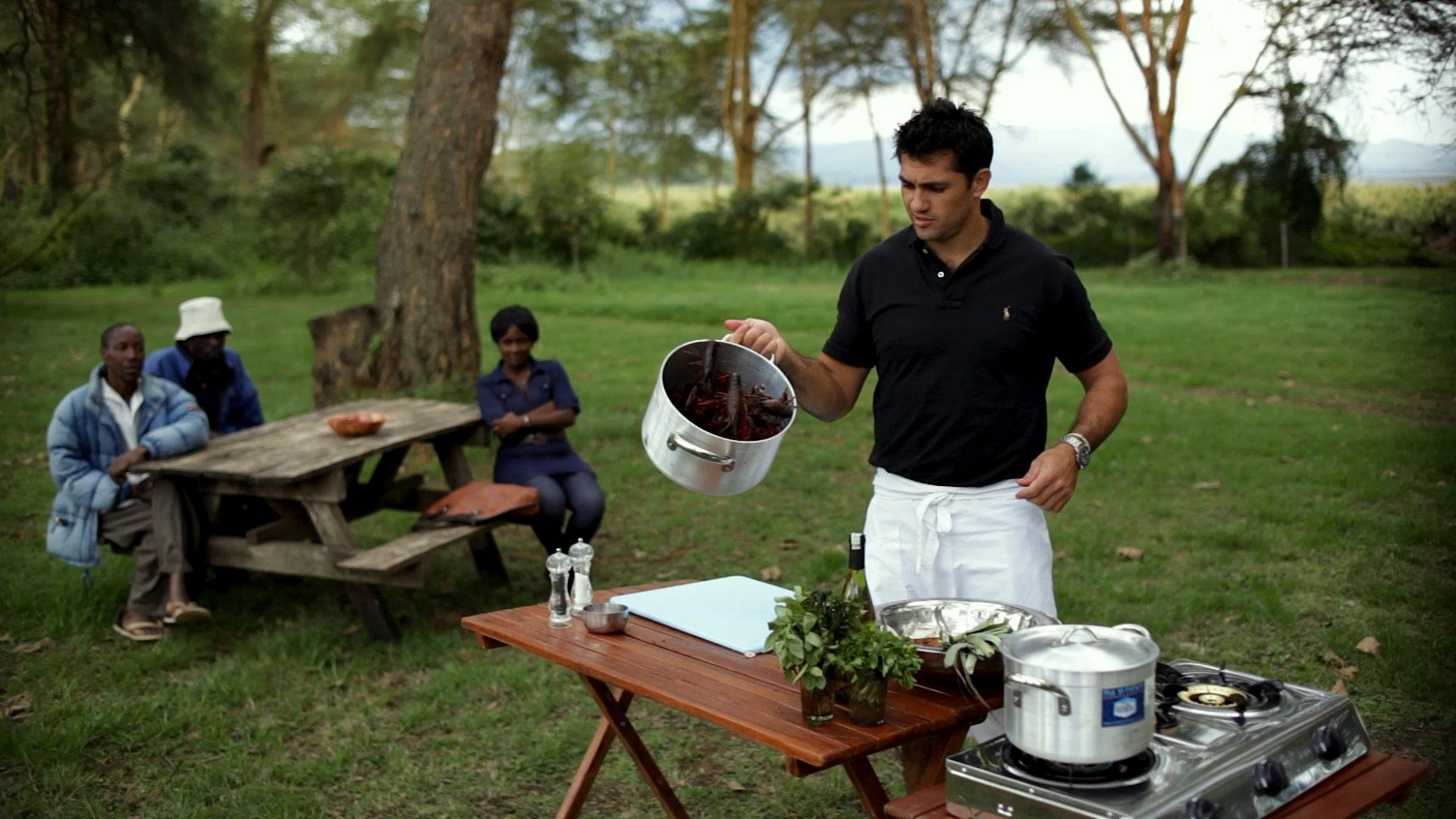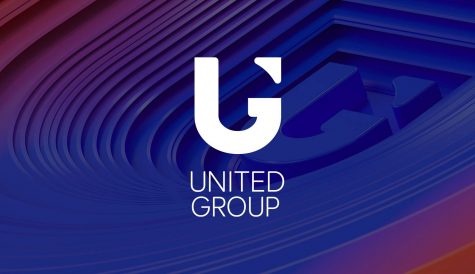Out of Africa – new developments in pay TV
With some pay TV markets in a period of growth, and others almost non-existent, Africa is a continent of contrasting fortunes. Graham Pomphrey reports.
Africa is far too large to generalise about. Looking at sub-Saharan Africa specifically, Informa Telecoms and Media predicts that there were around 7.5 million TV subscribers in 2011 from around 37.5 million homes. However, with a total of 152 million sub-Saharan homes, those figures mean only around 5% of households take a pay TV service. Even within sub-Saharan Africa, some markets are seeing high levels of pay TV growth, while others, due to political and socio-economic issues, have very under-developed TV markets.
MultiChoice is the leading pay TV operator in Africa by some margin. Boasting around 5.6 million subscribers across the continent, its nearest rivals, including StarTimes, TopTV, Canal Plus Overseas and Wananchi’s Zuku, still have a long way to go to catch-up.
Growth
Africa’s pay TV market has been dominated by MultiChoice (see p.20 for more about the operator’s activities in South Africa), and while some operators have recently attempted to challenge its monopoly their success has been varied. Take Gateway Broadcast Services, a company that gambled on the continent’s near obsession with English Premier League football. Launching a pan-regional service under the GTV brand that included premium football rights, the operator was forced into liquidation in 2009, having invested US$200 million (€155 million) in the project.
Another operator, HiTV, saw early success in Nigeria and looked like it would offer some genuine competition to MultiChoice, until it lost the rights to the Premier League.
Another fairly recent entrant to the market is Wananchi, which offers pay TV and triple-play services under the Zuku brand. Launching initially in Kenya, the operator has expanded to Uganda and Tanzania, and plans to roll out aggressively to Ethiopia, Eritrea, South Sudan, Rwanda, Burundi, Malawi and Zambia. According to Hannelie Bekker, managing director of Wananchi Programming, the coming and going of pay TV operators has created a certain weariness on the part of consumers. Operators, she says, must work hard to gain the trust of potential subscribers.
“We strive, in our brand communication and our positioning, to be very clear about our east African roots. What we try and say by that is that we are not going anywhere: this is home; we are here to stay. We’re not dipping our toes in the water – we’re committed to the region and have invested in it.”
The operator has launched a set of Zuku-branded channels that are programmed specifically for the region. “We acquire content from the region, the rest of the continent and the rest of the world for these channels, but increasingly pride of place goes to a small number of carefully and lovingly developed local flagship shows. This makes it clear where our hearts are,” Bekker says.
Despite this commitment to making its services appear as local as possible, the company’s business plan was developed for sustainability, says Bekker, adding that the East African market, whilst “hugely promising”, is tough. “East Africa is characterised by very low penetration of pay TV. Reports for Q2 2012 show a weekly pay TV reach of 0.14% of the adult population. At the same time there is strong socio-economic growth, fuelled at least partly by technology, and therefore an increasing appetite for services and choice.”
Wananchi aims to increase pay TV access in line with the demographic shifts that are happening on a socio-economic level, Bekker says.
Wananchi chose to launch its pay TV and triple-play services in Kenya due to its rapid adoption of technology and entrepreneurial flare. “When it comes to launches into the other countries that we have on our radar we look at a multitude of factors: demographic data, media consumption habits, the competitive landscape, the regulatory regime, licensing requirements, requirements for setting up our dealer networks and training installers, ease of doing business, even the ‘mood’ in the country,” says Bekker.
The company is Kenya’s sole triple-play provider, and although it currently only offers pay TV, broadband and VoIP services in Nairobi, it plans to roll these out to further regions. Bekker says the development and increasing penetration of broadband is having a transformative effect on the market in East Africa, something that offers possibilities and challenges in equal measures. “The key thing that we have to look at is how we can utilise these advances to best serve our customers in the region. We aren’t looking to just provide an outstanding service to a selected few; we are very much about an inclusive service that provides as much of the region as possible with an unparalleled consumer experience.”
According to MultiChoice Africa’s CEO Nico Meyer, the introduction of competition to its markets should be regarded as a positive move as it can highlight the healthy state of the wider pay TV industry. “The introduction of another pay TV operator helps to stimulate the growth of the pay TV market. Our strategy is not impacted as our focus is long-term and tracks international developments and trends,” Meyer says.
Satellite
Pay TV services are dominated by DTH operators throughout Africa, due to a combination of large and sparsely populated markets and lack of cable and fibre infrastructure. While DTT services are making inroads, investment in the networks is expensive and time to market can take years.
Satellite operator Intelsat has high expectations of the African market, according to Jean-Philippe Gillet, vice-president of sales for Europe and the Middle East. The operator recently boosted its capacity over the continent with the launch of Intelsat 20. MultiChoice has now transferred its services to the new satellite, giving it room to expand.
The satellite also serves MyTV, a pay TV offering available across Africa but targeting the Nigerian market in particular. MyTV offers around 20 channels. Intelsat is also host to religious-themed free-to-air bouquet ViewSat.
For Gillet, Africa is complex and fragmented. While a number of countries offer strong prospects based on their relative size, it is difficult – albeit in some ways economically necessary – to deliver a service that can transcend national boundaries. “Even if you split Africa into different languages it’s not simple. There is diversity within both French and English speaking Africa. We see multiple opportunities but the more people live in a country the more the opportunity is going to be,” he says. “For the moment – except for South Africa and Nigeria – it’s challenging to see one market able to financially sustain a new player.” At the same time, targeting multiple territories with an offering makes it difficult to cater to the plethora of local differences evident across the continent. Nevertheless, Gillet says he sees “no reason” why the market will not develop in a similar way to other emerging economy regions including eastern Europe.
Intelsat is continuing to invest in capacity over Africa, with the launch of Intelsat 23 set to provide additional C-band capacity over the western half of the continent. Intelsat 22, launched in April, provides C-band capacity over the whole continent and some Ku-band over the eastern part of Africa.
Another satellite operator with high hopes for Africa is Spacecom. The Israel-based company launched a satellite late last year targeting the continent, and in a sign of how much demand there is in the region had pre-sold over 50% of its capacity before the launch date. Located at 17° East, Amos-5 began commercial operations in January with pan-African C-band and Ku-band capacity. According to Eyal Copitt, Spacecom’s senior vice-president of sales for Africa and Asia, the varied cultures and languages present in the region mean the requirements from broadcasters are far-ranging. “Africa is home to over one billion people. This means that there are a great many different languages, religions and cultures that create an amazing amount of different needs for different audiences. While we see that existing platforms are expanding, lots of local and regional operators are initiating new local, ethnic or tribal channels and platforms.”
[icitspot id=”29446″ template=”box-story”]
In April, Spacecom announced that an existing Amos-5 client had exercised a contractual clause to extend services on the satellite for a total of five years in a deal worth approximately US$11 million. More recently, the operator signed a deal with news channel France 24 to deliver its English language channel to Africa via Amos-5. The broadcaster is using the capacity to deliver France 24 to DTH homes in eastern and central Africa and its French-language channels to homes in central Africa. “Spacecom is enjoying the growing trend of two-way contribution: channels coming into Africa and channels going out worldwide,” Eyel points out. “This trend is still in its early stages and we expect it to keep growing year-over-year..”
While Eyal expects growth across the region, he highlights eastern and southern Africa as being particularly fruitful, followed by the central regions. “We are very bullish on sub-Saharan Africa and because Amos-5 covers the region with lots of power from its Ku-bands and C-bands, we are continuing to look forward to our business in Africa,” says Eyal.
Broadcast services provider SatLink, entered the African market this year, securing distribution deals with a number of broadcasters including Hosanna Broadcast Network, along with Voice of God, Champions of Fire TV and Hola TV.
According to SatLink’s senior manager for Africa Arie Vered, the continent offers huge potential. “I have been surprised by the business we have got in Africa and by the general development in the market,” says Arie. “The potential is huge because of the number of growing markets. Many African countries are experiencing growth and they need help to build up their infrastructure, especially in terms of TV.”
For the time being, satellite will remain the primary platform for the delivery and contribution of TV channels in Africa, says Arie. Even the uptake of DTT will require satellite contribution. “If DTT becomes popular, and it is already well developed in some African markets, someone needs to bring the channels to the local areas. Most of it is done via satellite. DTT will not impact on DTH in the short term and while it will be successful in some countries, it requires a massive investment.”
Aries is convinced that growth will continue across Africa in the long-term and that companies with a foothold in the region will benefit for some time. As some markets begin to mature, new, up-and-coming opportunities will become available, he says: “Some countries, like Nigeria, are booming now. In two or three years time that growth will slow down, but when it does there will always be another country experiencing rapid growth. The continent is so diverse and each country in a different stage of development. Africa will remain very interesting for at least the next 10 years.”




